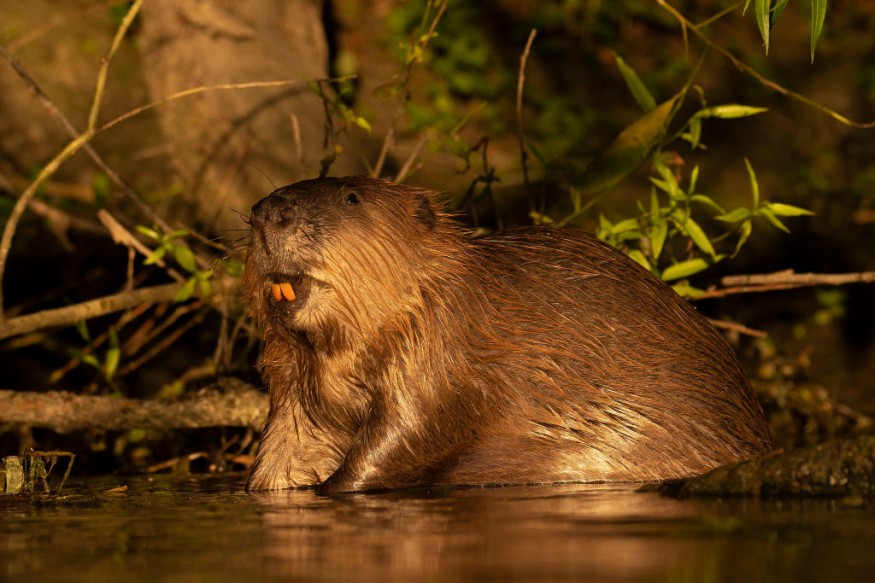
The North American beaver is poised to make a comeback in San Francisco after being hunted and persecuted for hundreds of years, and its recovery could help combat certain consequences of climate change.
Since the mid- to late 1800s, when the fur trade nearly drove California beavers to extinction, the semi-aquatic rodents have made small inroads into the Bay Area and other regions-a process complicated by the lining of tributaries with concrete, which makes them inhospitable to the flat-tailed animal.
"It's unique that they're establishing," said Emily Fairfax, a longtime California beaver researcher who now works as an associate professor at the University of Minnesota. "This is a stamp of approval to have a beaver move in."
Beaver sightings
A local photographer, Bill Leikam who is better known as The Fox Guy, was able to capture a baby beaver in one of his camera and he was baffled by the experience.
"I just stopped and said to myself, 'Is that a baby beaver?'" Leikam said.
Local wildlife experts and even a historical ecologist has confirmed the kit sighting in Matadero Creek.
A beaver colony has established itself in this area south of the San Francisco Bay for the first time in decades, if not more than a century.
The camera trap pictures have excited state wildlife officials and "beaver believers."
In Sussex, beavers have been born for the first time in 500 years.
https://www.bbc.com/news/articles/cjezxl5q12no
The juvenile beavers, known as kits, were born at Knepp Castle Estate near Horsham as part of a wilding experiment.
The initiative stated it was "overjoyed" and that the births were a "significant milestone for Knepp and Sussex."
Despite their natural status, beavers became extinct in Britain in the 16th century due to hunting for their meat and fur.
Help in climate change
For decades, developers, towns, and farmers saw beavers as an issue that needed to be mitigated or removed.
Now, the species known as Castor canadensis is seen as offering myriad benefits: it can help to minimize drought and wildfires by using natural water management; it is regarded as a keystone species because of its potential to promote biodiversity; and it can restore habitat by using ecosystem engineering.
"They can create wetlands in basically any ecosystem," said Fairfax, who described beavers as a free workforce that California has yet to take full advantage of. "The fires are catastrophic and the droughts are widespread and unrelenting-it feels like we have to exhaust all options."
While scientists have known the benefits of beavers for decades-a 1950 Outdoor California magazine detailed a short-lived project to transport beavers via parachute to boost water supplies-state officials only launched a new beaver restoration program in the previous year.
Fairfax said that while beavers can still cause problems with landowners, but there are solutions. Instead of elimination, she believes that people should focus on the species' positive contributions.
Beavers are masters at storing and retaining water, reducing dry stream beds during droughts, and increasing summer baseflows, all of which benefit a wide range of animals.
Related Article : Beavers: Savior of the Wetlands From Drought Caused by Climate Change
Related Video:
© 2025 NatureWorldNews.com All rights reserved. Do not reproduce without permission.





